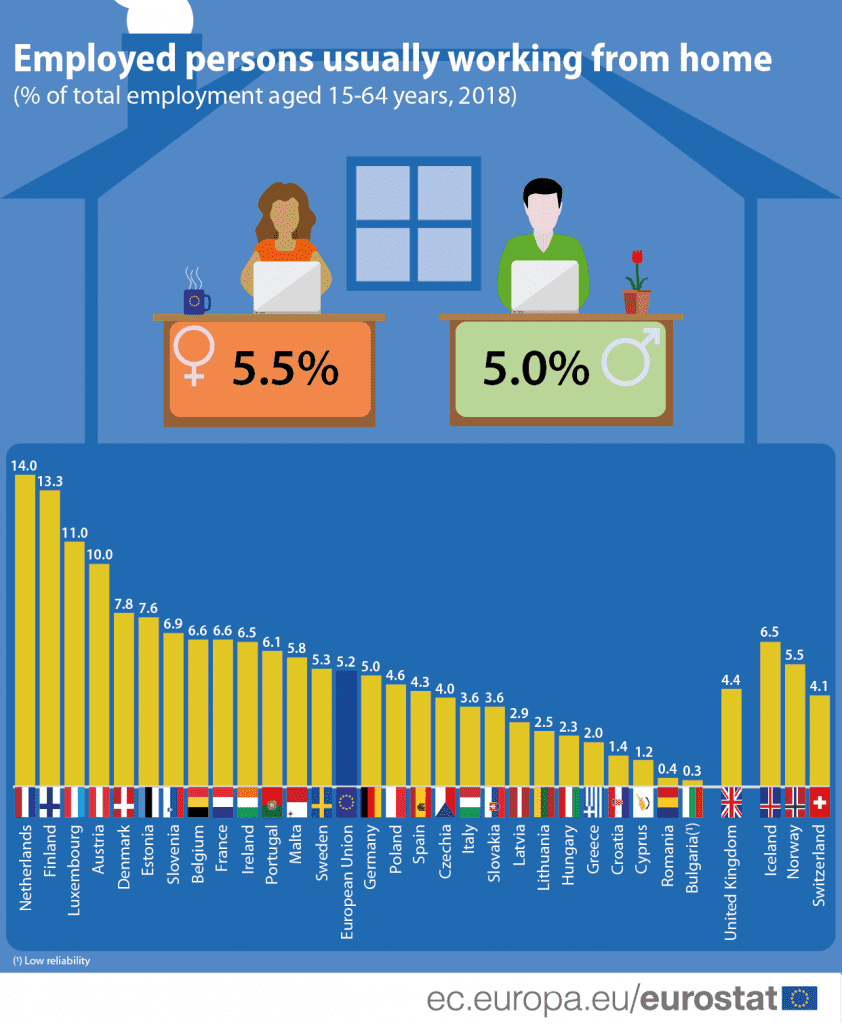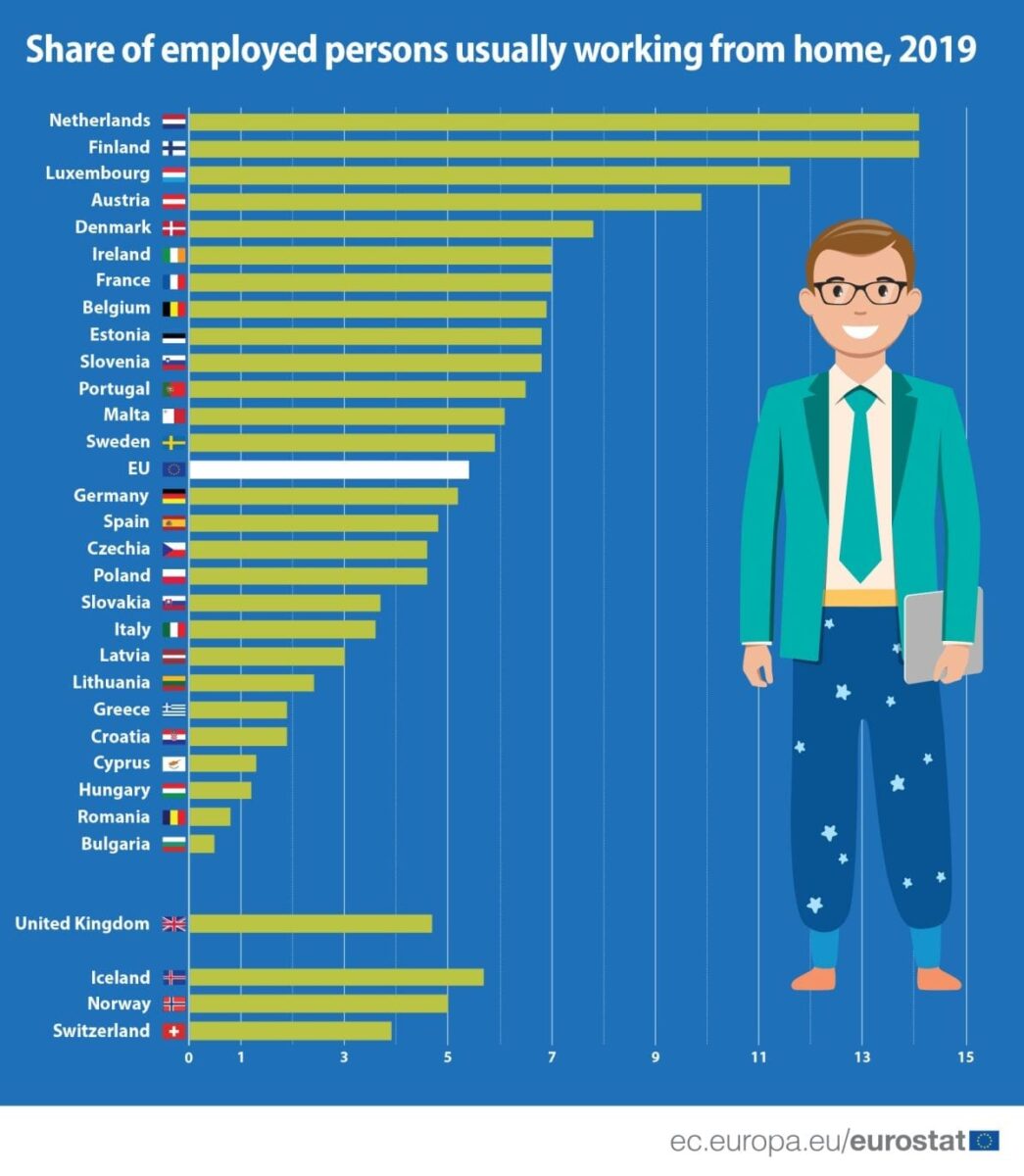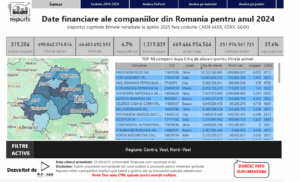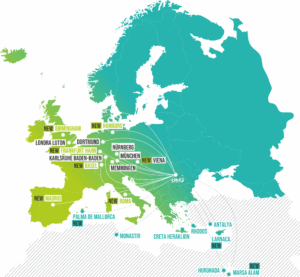Statistics on the labour market are at the heart of many EU policies and are namely used to monitor the Europe 2020 strategy, the European Employment Strategy (EES), the European Pillar of Social Rights and the 2030 Agenda for Sustainable Development. The social distancing measures that have recently been introduced due to the coronavirus pandemic, have forced many people to work from home; for many of them this will be the first time that they have had to do so. However, how common was working from home before these measures came into force?
There are different trends reflected according to the age and sex of workers, when it comes to home-working. In 2019, a slightly higher share of women reported that they usually worked from home than men (5.7% compared with 5.2%). Furthermore, persons in the older age groups were more likely to work from home: 6.6% of those aged between 50-64 years old usually worked from home, as did 5.2% of persons aged between 25-49. By contrast, just 2.1% of younger people, aged between 15-24, reported that they usually worked from home. The Netherlands and Finland topped the list of EU Member States for remote-working, with 14.1% of employed people usually working from home in 2019. They were followed by Luxembourg and Austria (where 11.6% and 9.9% respectively usually worked from home). By contrast, the lowest rates of home-workers were reported in Bulgaria (0.5%), Romania (0.8%), Hungary (1.2%), Cyprus (1.3%), Croatia and Greece (both 1.9%).
Trending figures
In 2018, 5.2% of employed persons aged 15 to 64 in the European Union (EU) usually worked from home. This share has remained constant at around 5% throughout the last decade. However, over the same period, the share of those who sometimes work from home increased from 5.8% in 2008 to 8.3% in 2018. With 14.0% of employed people usually working from home in 2018, the Netherlands topped the list of EU Member States, closely followed by Finland (13.3%), Luxembourg (11.0%) and Austria (10.0%). In contrast, very few people usually worked from home in Bulgaria (0.3%) and Romania (0.4%). In the EU, the self-employed usually worked from home (18.5%) more often than employees (3.0%). This pattern was repeated in each Member State. The highest rates recorded were in Finland where more than 40% of self-employed persons usually worked from home (46.4%), the Netherlands (44.5%) and Austria (43.6%).

More women than men work from home
In 2018, a slightly higher share of women usually worked from home (5.5%) than men (5.0%). This was the case in most EU Member States, with the largest differences observed in France (8.1% of women, compared to 5.2% of men), Luxembourg (12.5% of women, 9.8% of men) and Malta (7.4% of women, 4.7% of men). In contrast, in eight EU Member States, the situation was the reverse, with more men usually working from home than women. In the Netherlands (15.5% of men, compared to 12.3% of women), Denmark (8.5% of men, 7.0% of women) and Ireland (7.2% of men, 5.7% of women) this difference was especially large.
Older persons work from home more often than younger ones
The share of those working from home increases with age. In the EU, just 1.8% of 15-24 year-olds usually worked from home in 2018, compared to 5.0% among 25-49 year-olds and 6.4% among 50-64 year-olds. The highest share of 15-24 year-olds who usually worked from home was recorded in Luxembourg (8.7%). The next highest Member State was Estonia (5.2%). For the other age categories, the Netherlands recorded the highest shares of those usually working from home (14.9% among 25-49 year-olds and 17.3% among 50-64 year-olds). They were followed by Finland (14.0% among 25-49 year-olds and 15.6% among 50-64 year-olds).










































